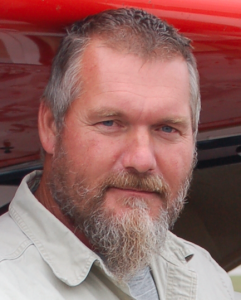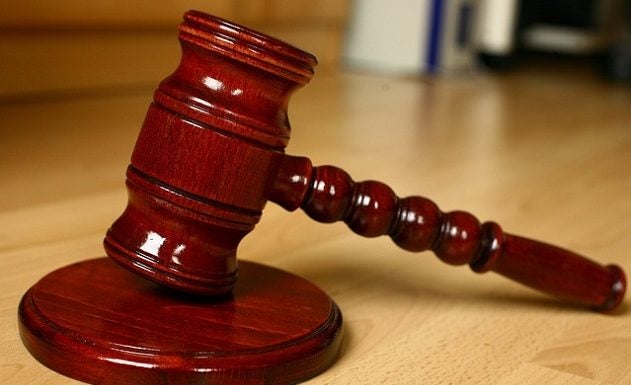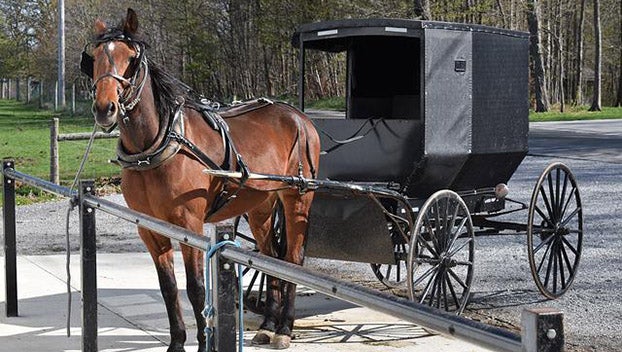Zoning revisions approved
Published 12:44 am Friday, May 18, 2018
Revisions to Article 9 of the Buckingham County Zoning Ordinance, which discusses radio, television and wireless communication towers, was approved by the Buckingham County Board of Supervisors following a public hearing Monday.
The zoning ordinance revision will include reducing collocation fees and language for small cell facilities. “The fees were originally $4,000 for new tower applications and $4,000 for collocation and equipment change applications,” Planning and Zoning Administrator Rebecca Cobb said in a previous Herald report. “The proposal is for the fees to be $4,000 for new tower applications and $1,800 for collocation and equipment change applications.”
A small cell facility, according to documentation provided by Cobb, is “a wireless facility that meets both of the following qualifications: (i) each antenna is located inside an enclosure of no more than 6 cubic feet in volume, or, in the case of an antenna that has exposed elements, the antenna and all of its exposed elements could fit within an imaginary enclosure of no more than 6 cubic feet and (ii) all other wireless equipment associated with the facility has a cumulative volume of no more than 28 cubic feet, or such higher limit as is established by the (Federal Communications Commission) FCC.” Cobb said the small cell facilities “provide cellular and data coverage to smaller geographic areas and are currently used predominantly to supplement service.” The proposed general development standards for small cell facilities, according to Cobb, would “be co-located when feasible as a first option on existing utility poles, County owned infrastructure (with the County’s consent), existing wireless support structures or base stations in the immediate area … may be developed as replacements for existing utility poles or wireless support structures provided the new facility does not exceed the size of the former facility.”
David Ball, of district three, spoke during the hearing Monday and supported the reduced cost for application fees.
He expressed concern about areas of the county that do not currently have wireless coverage, and said Buckingham, compared with other counties in Virginia, struggles to provide Wi-Fi and other wireless coverage.
Addressing gaps in wireless service, Cobb said, “that is what CityScape can help us with … Once they do the inventory and we see exactly the towers that we’ve gotten now since we’ve first started … we can really identify empty spots and maybe write new language to really gear people and incentivize people to go into those areas.”
District Four Supervisor Morgan Dunnavant expressed concern about provisions relating to tower malfunctions, and the daylight versus nighttime tower illumination, noting a telecommunication tower issue in Dillwyn when daylight strobe light worked 24 hours a day. It created an effect, Dunnavant said, “like a lightning storm.”
Cobb said a provision was not included for tower illumination because the minimum height for a tower would need to be 195 feet or less, meaning that illumination would not be needed.
Dunnavant also expressed concern about an item in the revised ordinance that relates to aesthetics of a potential tower, which include exterior paint and roof samples, and worried that this permit would allow towers to be potentially placed in residential areas.
“I don’t think that’s appropriate that we need to be asking for that in our zoning in as rural of a locality as we are,” Dunnavant said. “We get it in one spot, and it will eventually bleed into private residences.”
Cobb said the provision would only be needed for radio towers by historical sites, or for neighborhoods where residents are concerned about the tower’s appearance.
“It gives us the ability to request that,” Cobb said. “If it’s not in there, then we don’t have that ability at all.”
Dunnavant said the language of the ordinance does not specify the work as an as-needed basis but as a requirement.
“Where is the word, ‘may’ in here?” Dunnavant said, referencing the ordinance. “The way I read it, it all reads as a ‘shall.’”
Cobb referenced a portion of the supplemental document with the proposed ordinance that reads, “When required, photo-simulated post construction renderings of the completed proposed antenna support structure, equipment cabinets, and ancillary structures shall at a minimum include renderings from the vantage point of any adjacent roadways and occupied or proposed nonresidential or residential structures and other locations as determined by the Administrator, proposed exterior paint and stain samples for any items to be painted or stained, and pictures of exterior building materials and roof materials.”
“We need to say, ‘when it’s required,’” Dunnavant said, referring to the county’s ordinance. “We can’t be ambiguous. We’ve got to be able to stand up here and say: ‘This is what it is, this is what it’s not.’”
Cobb said the portion of the ordinance has been in the ordinance for several years, and has not been something that county has required with cases relating to telecommunication towers.
Six members of the board, District One Supervisor Robert “Bobby” Jones, District Two Supervisor Donnie Bryan, District Three Supervisor Don Matthews, District Five Supervisor Harry Bryant and District Six Supervisor Joe Chambers, voted to approve the revised ordinance. Dunnavant voted in opposition.






